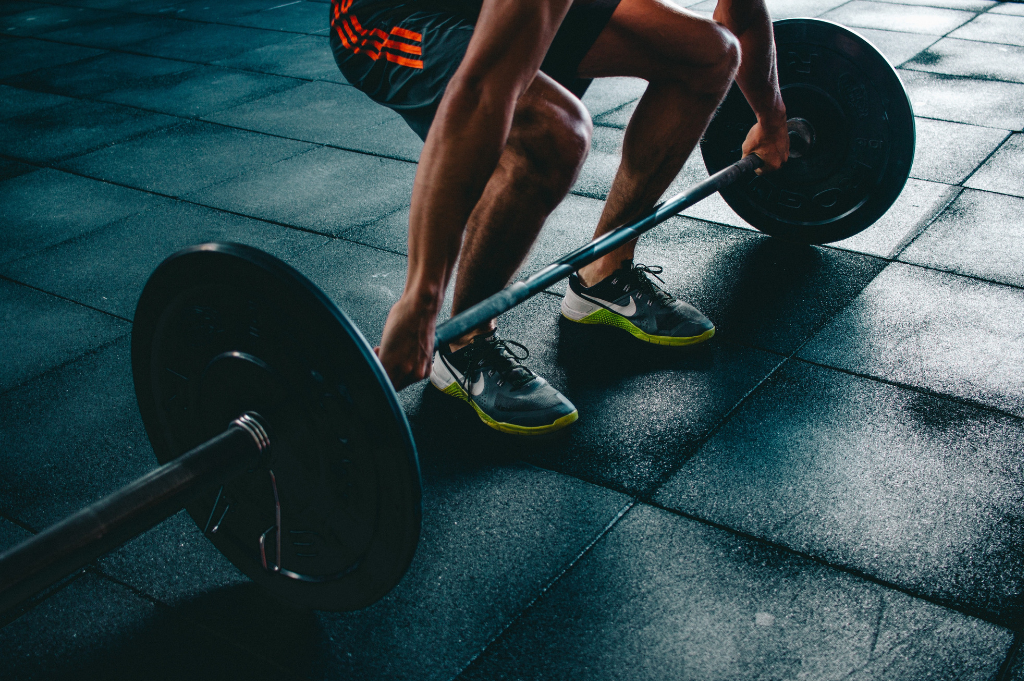Sore muscles can put a damper on anyone. From athletes second-guessing performing their routine workout to the average employee considering a day off work, muscle pain is a universal ailment that not only impairs mobility, but hurts motivation as well. There are many potential causes for muscle soreness, ranging from over-exercising to dehydration, but there is one factor that is often overlooked as a primary culprit. Poor blood circulation is recognized by the National Institutes of Health as a common cause of sore muscles, especially within the lower body. Inadequate blood flow is a serious condition, and if you’re frequently experiencing muscle soreness, you should consider getting checked out to see if your blood circulation is an issue.
How poor blood flow hurts
It’s important to understand that poor blood circulation can mean more than just the occasional muscle discomfort. According to Poorciculation.org, there are a variety of potential symptomsproduced by inefficient blood flow, ranging from experiences of numbness to fainting and dry spells to potential memory loss. Muscle soreness is one of the main ways your body can notify you that your blood circulation isn’t where it needs to be. If you’re someone who frequently lifts weights or runs long distances, it’s common to withstand a few sore muscles here and there, but extended episodes of pain may require a professional medical opinion.
Causes of bad blood circulation
More often than not, poor blood flow is the result of unhealthy habits. Everything from frequent trips to the fast food drive thru to being a regular smoker can add up to negatively impacting your blood circulation, especially if you’re also overweight. Studies have indicated that lack of exercise is also one of the more common factors that leads to unhealthy blood flow, which is why exercising has an essential role in maintaining circulation.
Research recommends massage therapy
While there are many reported benefits that massage therapy can provide people with a variety of ailments, increasing blood flow is one of the most commonly recognized advantages. Researchers from the University of Minnesota cite massage therapy as an excellent method for improving blood and lymph circulation. This is because positive manipulation of muscle tissue helps trigger increased delivery of oxygen and nutrients into the bloodstream. This in turn not only speeds up blood circulation, but also means that muscles are now getting adequate oxygen and nutrients as well, eliminating pain. Of course, receiving a massage is one of the easiest ways to ease tension in sore muscles, which is why many health professionals regard massage therapy as a potential form of alternative treatment for both of these conditions.
A recent study conducted by researchers from the University of Illinois at Chicago explored the relationship between massage therapy and blood circulation. The study featured a number of healthy subjects who were submitted to extensive periods of exercise, until they began reporting soreness in their leg muscles. After finishing the workout, half of the participants would then be provided with traditional Swedish massages on their legs, while the others would not.
After the end of the workout, all subjects were required to report their muscle pain from a scale of 1 to 10, 1 being no pain and 10 being unbearable discomfort. The group that received massages reported no muscle soreness 90 minutes after receiving their massage therapy. The other group reported lasting pain that stayed with them up to 24 hours after their workout.
The main reason for lasting pain after a hard workout is because those who experience any variation of exercise-induced muscle injury will also endure an overall reduction to their blood flow. When sore tissues are manipulated through massage therapy, the stimulation in oxygen and nutrients to the source of discomfort is what boosts blood circulation, hence pain relief.
Dr. Nina Cherie Franklin, a researcher at UIC and lead author of the study, believes that her team’s research helps shed more light upon the overall health benefits that massage therapy can provide for athletes and non-exercisers alike.
“Our study validates the value of massage in exercise and injury, which has been previously recognized but based on minimal data,” Franklin said in a statement. “It also suggests the value of massage outside of the context of exercise. We believe that massage is really changing physiology in a positive way. This is not just blood flow speeds–this is actually a vascular response.”
Self-massaging
Of course, it’s important to note that it doesn’t take enrolling in weekly massage classes to experience any blood circulation benefits. Keeping a personal massager at home for whenever you begin to feel the effects of muscle soreness may be what can keep you away from the ice pack and off the couch. A quick 10 minute self massaging session could help enhance your blood circulation, leaving you refreshed and energized the next day.

